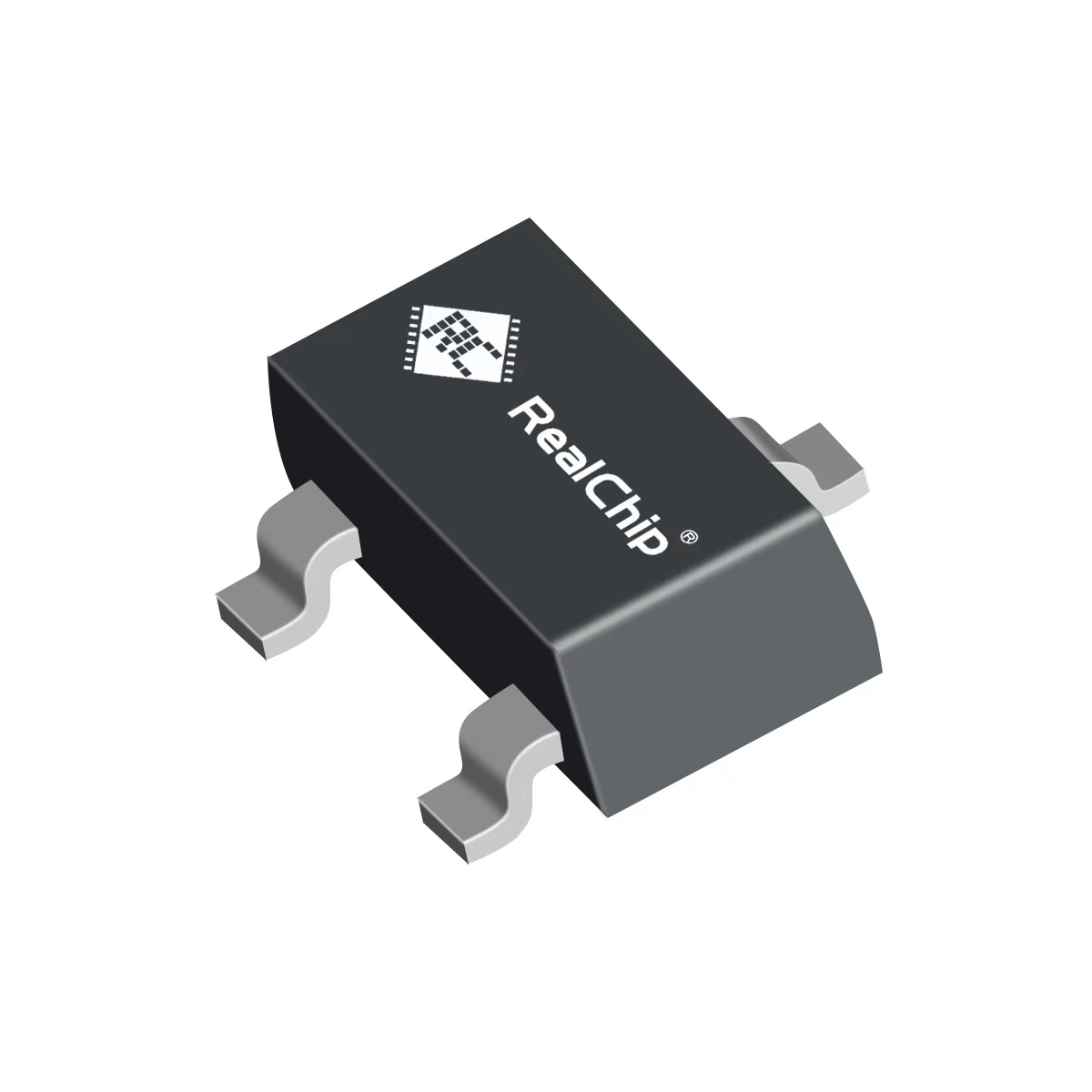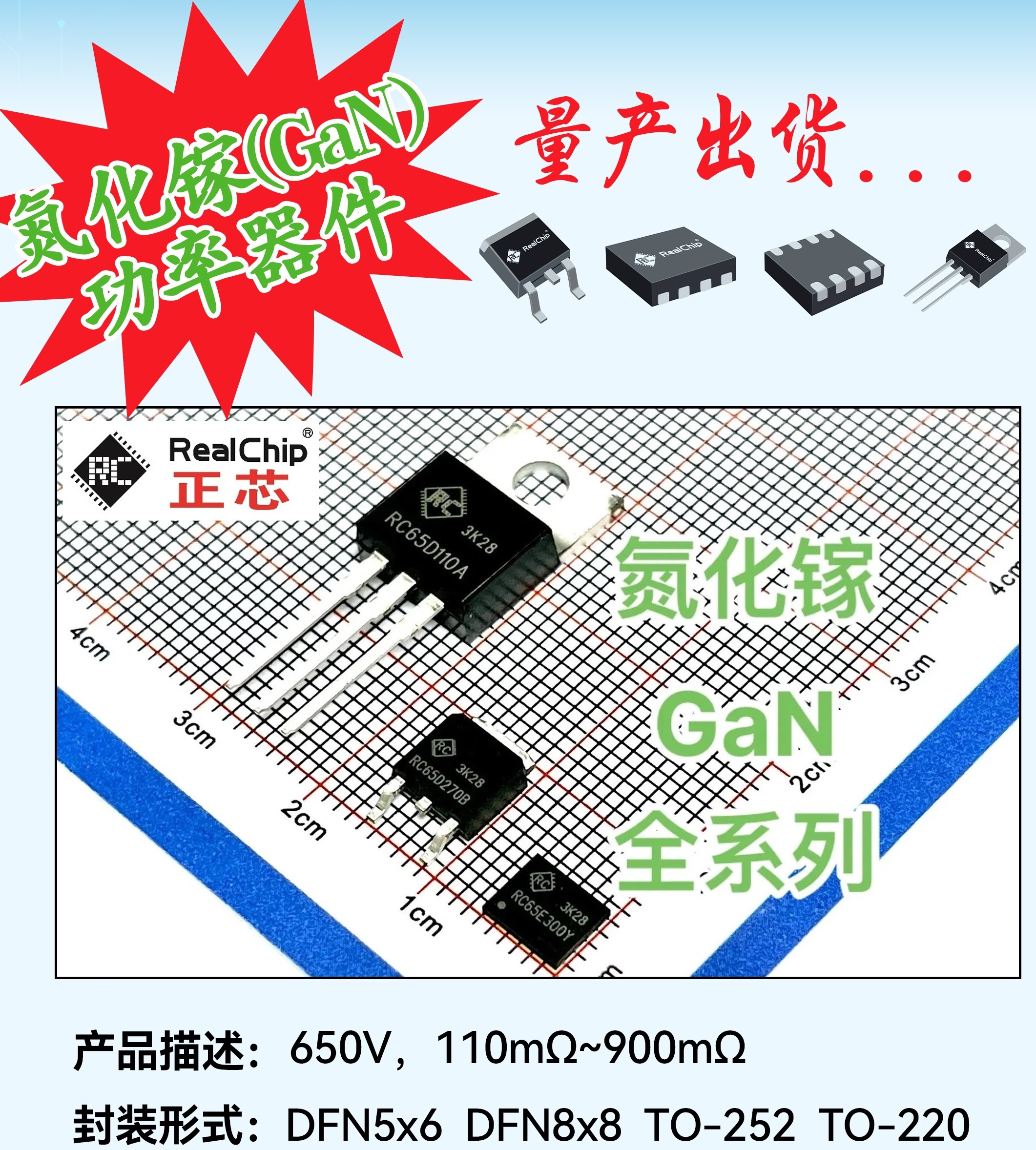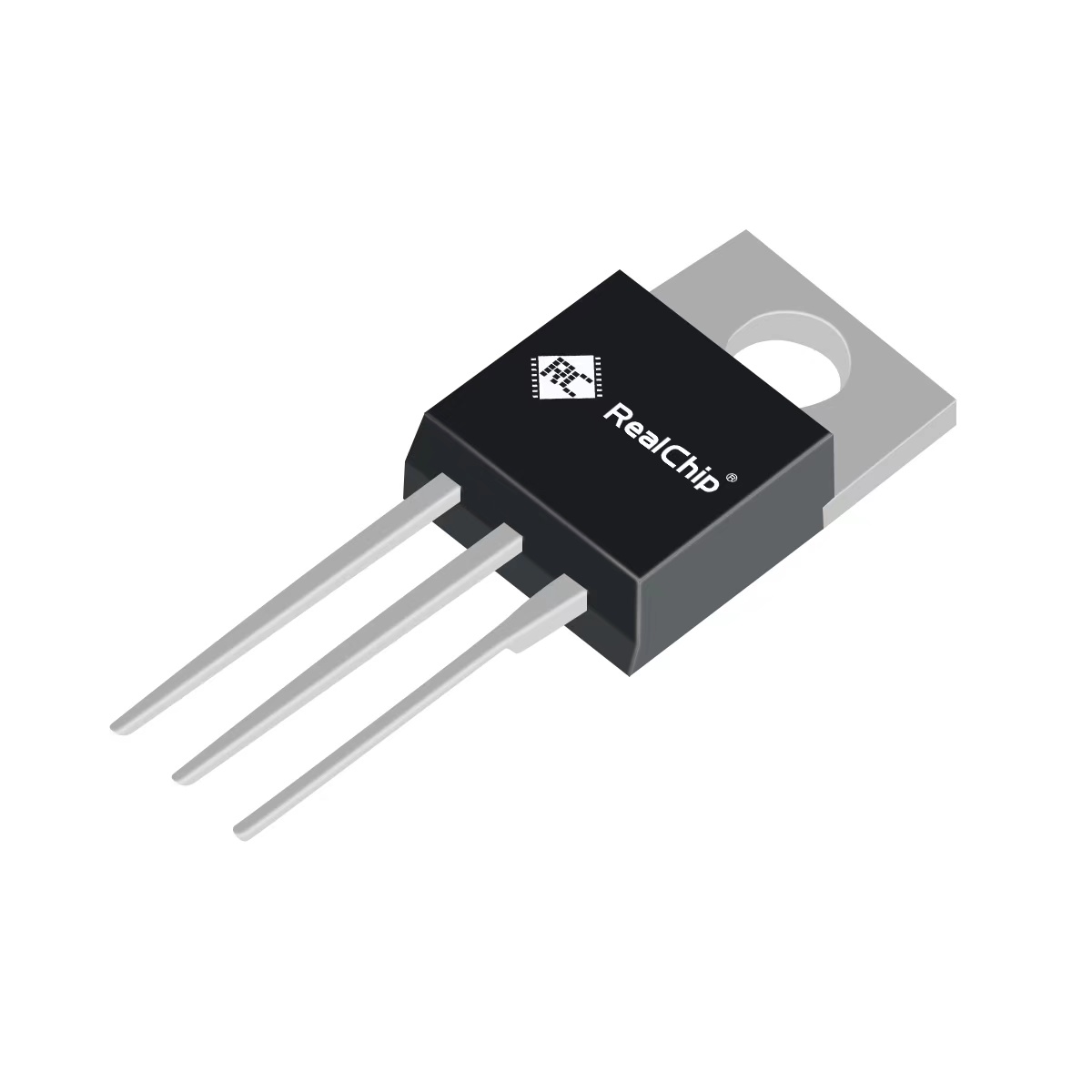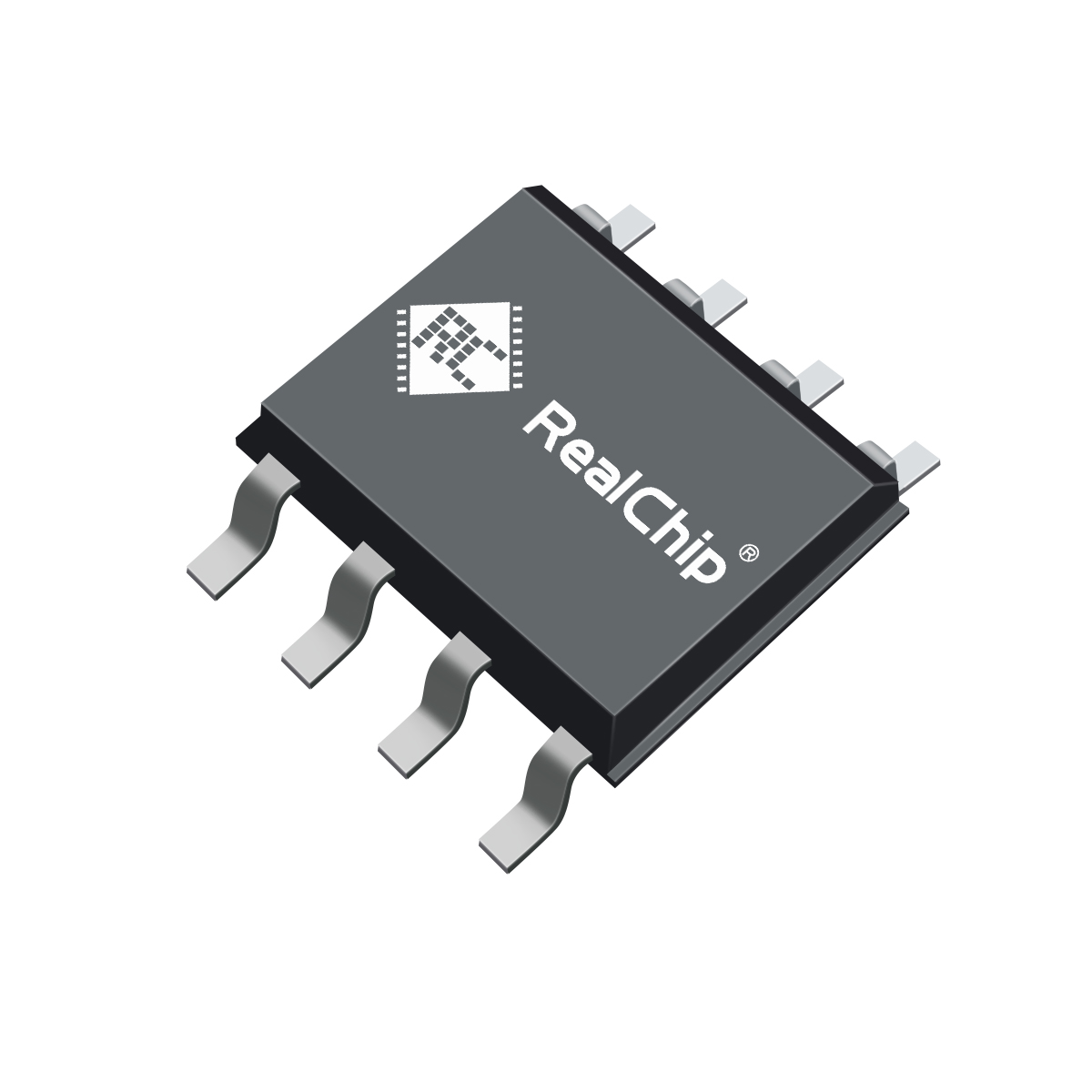Recently, the globally renowned research company SNS Insider released a latest report on the IoT Virtual Mobile Network Operator (IoT MVNO) market, which shows that with the increasing popularity of IoT devices and the growing demand for secure and scalable connectivity solutions from customers, the IoT MVNO market is growing rapidly. The market will have a size of 2.8 billion US dollars in 2023 and is expected to exceed 12.8 billion US dollars by 2032, with a compound annual growth rate of 18.4% between 2024 and 2032.
SNS Insider further pointed out that from a regional distribution perspective, due to the rapid development of digital transformation and the adoption of IoT devices in various industries, the Asia Pacific region will dominate the IoT MVNO market in the future, with an expected compound annual growth rate of 19.7% between 2024 and 2032.
Coincidentally, market research firm IoT Analytics recently released a report titled "IoT Mobile Operator Pricing and Market Report 2024-2030", comparing services, pricing, and markets between mobile operators and virtual operators, reflecting the increasing importance of virtual operators in the IoT field.
Multiple research institutions are highly optimistic about the prospects of the IoT MVNO market. Therefore, based on these report conclusions, this article will analyze what driving forces are driving the growth of this market? Which companies will be more competitive in the future? And what will be the market landscape under fierce competition?
The growth drivers of the Internet of Things MVNO market
The so-called virtual operator MVNO refers to an operator in the mobile communication industry that provides mobile communication services by renting or purchasing network resources and services from major operators such as China Mobile, China Unicom, and China Telecom. These operators usually do not have their own network infrastructure, but rely on the networks of the main operators for operation.
Over the past decade, with the rapid development of mobile communication technology and intensified market competition, virtual operators have experienced rapid growth worldwide. They have won the favor of more and more consumers through flexible operating models and innovative service content. However, with the user base of human to human communication already reaching its peak, the incremental space left for virtual operators has become almost invisible. Therefore, the booming IoT market is becoming an important way out for virtual operators.
① The billion level connectivity of the Internet of Things provides market incremental space for IoT MVNO
In the interconnected world, the number of mobile communication users has reached its peak, but the Internet of Things is a different story. According to Transforma Insights, as of the end of 2023, the number of IoT connections exceeded 16 billion, which is consistent with data from multiple market research institutions. For example, tracking data from IoT Analytics shows that the number of substrate internet connections will reach 16.7 billion by 2023.
Moreover, in the next 10 years, the number of IoT connections will continue to grow. Transforma Insights predicts that by 2033, the number of IoT connections will reach 40 billion, with a compound annual growth rate of 9.6%. Obviously, the Internet of Things connectivity, which could reach billions or even billions in the future, provides a vast market increment space for virtual operators.
② IoT MVNO can provide flexible, customizable plans and scalable services for industry customers
We know that the Internet of Things involves a long industrial chain, and the implementation of projects requires coordination of a large number of links, many of which have difficult to solve problems. The virtual operator group can effectively play a role in solving the pain points of some key links, and this differentiated value is an important driving force for its market growth.
For example, in some cross-border IoT applications, due to the complexity of mobile communication networks around the world compared to China, network management policies, operators, network standards, signal coverage, system capabilities, and other situations vary greatly in different countries. In response to this, the global IoT SIM card products provided by IoT virtual operators can be applied to various smart terminal devices sold overseas, such as cross-border logistics positioning, smart wearables, new sharing economy devices, in vehicle monitoring, industrial intelligent device monitoring, etc., effectively reducing the operating costs of smart terminal manufacturers.
In specific IoT projects, virtual operators have a lot of time to understand customers' needs and innovations, and can provide customers with higher quality and flexible packages. At the same time, due to the fewer decision-making levels of virtual operators, they can more flexibly adjust services and functions to meet the rapidly changing needs of customers.
③ The service price of IoT MVNO is lower
Research has found that due to the fact that virtual operators do not need to make high capital investments, their average connection costs are much lower than those of operators. IoT Analytics uses 4G LTE as the connectivity standard and references data usage of 101-500 MB,It was found that the average price of virtual operators is 32% lower than that of operators.
The copyright of the articles on this website belongs to the original author. The content is the author's personal opinion. This website only provides reference and does not constitute any investment or application advice
The purpose of reposting this article is to convey more information, and does not mean that this website agrees with its views or takes responsibility for its authenticity. If there are any issues related to the content, copyright, or other aspects of the work, please contact our website within 30 days, and we will delete the content as soon as possible






